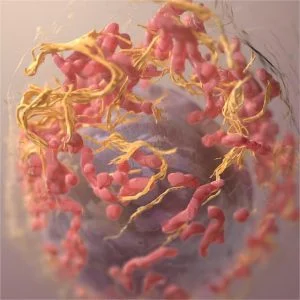Featured Products
- In-Stock Tumor Cell Lines
- Human Orbital Fibroblasts
- Human Microglia
- Human Pulmonary Alveolar Epithelial Cells
- Human Colonic Fibroblasts
- Human Type II Alveolar Epithelial Cells
- Human Valvular Interstitial Cells
- Human Thyroid Epithelial Cells
- C57BL/6 Mouse Dermal Fibroblasts
- Human Alveolar Macrophages
- Human Dermal Fibroblasts, Adult
- Human Lung Fibroblasts, Adult
- Human Retinal Muller Cells
- Human Articular Chondrocytes
- Human Retinal Pigment Epithelial Cells
- Human Pancreatic Islets of Langerhans Cells
- Human Kidney Podocyte Cells
- Human Renal Proximal Tubule Cells
Primary Cells
Explore Products



 IGR-1 is a human melanoma cell line derived from the inguinal lymph node metastasis of a 42-year-old male patient. It displays epithelial-like morphology and exhibits adherent growth properties. Genetically, IGR-1 carry key oncogenic mutations in BRAF (p.Val600Lys) and RAC1 (p.Pro29Ser), both of which are implicated in melanoma pathogenesis and tumor progression.
IGR-1 is a human melanoma cell line derived from the inguinal lymph node metastasis of a 42-year-old male patient. It displays epithelial-like morphology and exhibits adherent growth properties. Genetically, IGR-1 carry key oncogenic mutations in BRAF (p.Val600Lys) and RAC1 (p.Pro29Ser), both of which are implicated in melanoma pathogenesis and tumor progression. 